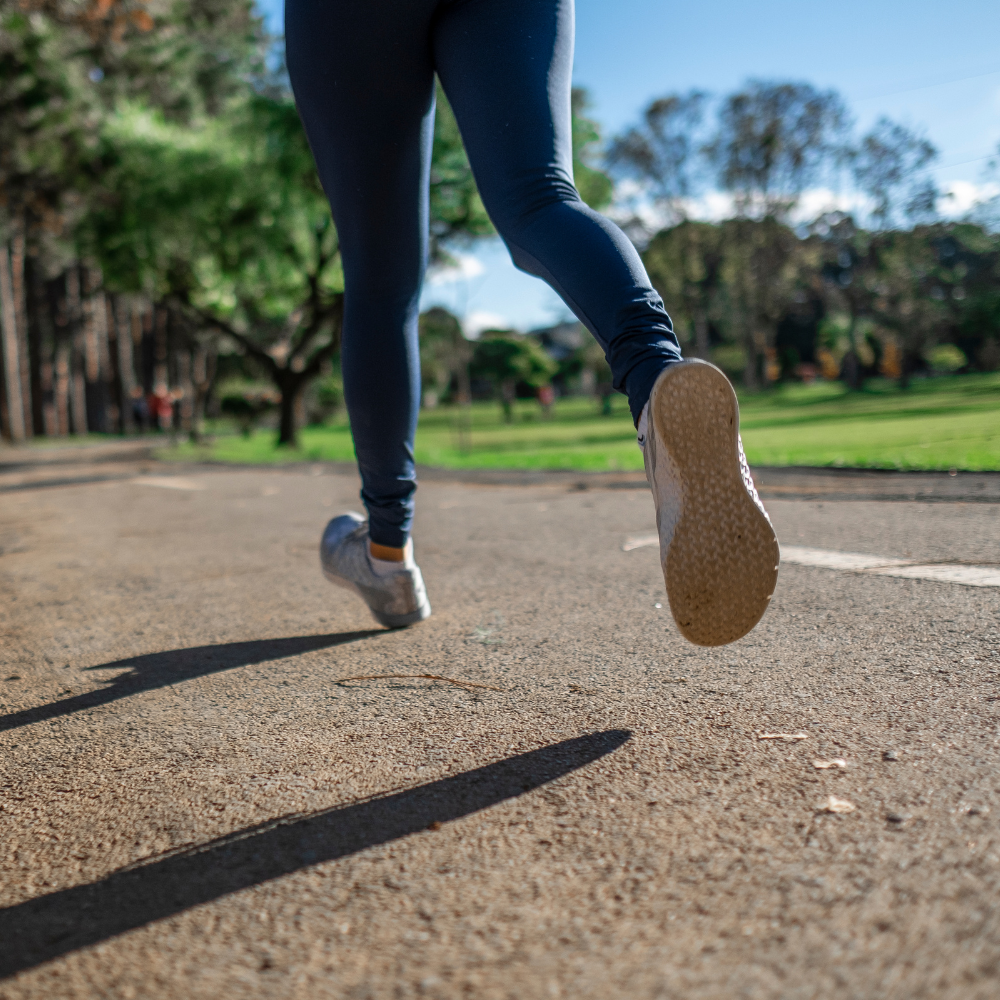Choosing the right pair of running shoes is a crucial decision for runners of all levels. The debate between cushion and stability shoes has been a longstanding one, with advocates on both sides passionately defending their preferred footwear. In this blog, we'll delve into the key differences between cushion and stability shoes, helping you make an informed decision based on your unique running style and needs.
Cushion Shoes:
Cushion shoes, as the name suggests, prioritize plush padding and comfort. These shoes are designed to absorb impact forces during each stride, providing a soft and responsive feel underfoot. Typically favored by neutral runners or those with a supinated (outward rolling) gait, cushion shoes excel in providing a smooth and comfortable ride over long distances.
Advantages of Cushion Shoes:
Shock Absorption: The primary benefit of cushion shoes lies in their ability to absorb and disperse impact forces, reducing the stress on joints and muscles.
Comfort: Runners who prioritize a luxurious and cushioned feel often gravitate towards these shoes, especially during longer runs.
Versatility: Cushion shoes are versatile and can cater to a wide range of runners, making them a popular choice for beginners and experienced athletes alike.
Stability Shoes:
Stability shoes, on the other hand, are engineered to address overpronation, a common issue where the foot rolls excessively inward during the running gait. These shoes provide additional support and structure on the medial (inner) side to control pronation and promote a more neutral foot alignment.
Advantages of Stability Shoes:
Pronation Control: The key feature of stability shoes is their ability to provide support to runners with overpronation, enhancing overall gait efficiency.
Injury Prevention: By preventing excessive inward rolling of the foot, stability shoes can help reduce the risk of injuries related to overpronation, such as shin splints and stress fractures.
Added Support: Runners with a history of foot or ankle issues often find stability shoes beneficial due to the extra support they offer, enhancing stability during the running motion.
Choosing the Right Shoe for You:
The decision between cushion and stability shoes ultimately depends on your individual biomechanics, running style, and personal preferences. Here are some factors to consider:
Foot Arch and Pronation: If you have a neutral gait and normal arches, cushion shoes may be suitable. However, if you overpronate, stability shoes might provide the necessary support.
Running Distance: Consider the distances you typically run. Cushion shoes are often preferred for longer distances, providing sustained comfort, while stability shoes may be more suitable for shorter, more intense runs.
Previous Injuries: If you have a history of injuries or are prone to certain issues, consult with a podiatrist or experienced running specialist. They can assess your gait and provide personalized recommendations.
Personal Comfort: Ultimately, the comfort of the shoe is paramount. Take the time to try on both cushion and stability shoes, paying attention to how they feel during walking and running.
In the cushion vs. stability debate, there is no one-size-fits-all answer. The best running shoe for you depends on your unique needs, running style, and personal comfort preferences. Whether you opt for the cloud-like cushioning of a plush shoe or the stability-enhancing features of a support shoe, the most important factor is finding a pair that supports your running journey and keeps you injury-free. Remember, a well-informed choice will contribute to a more enjoyable and sustainable running experience in the long run.

